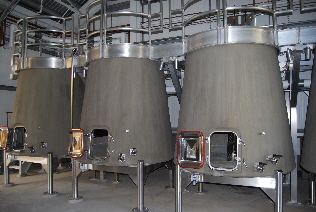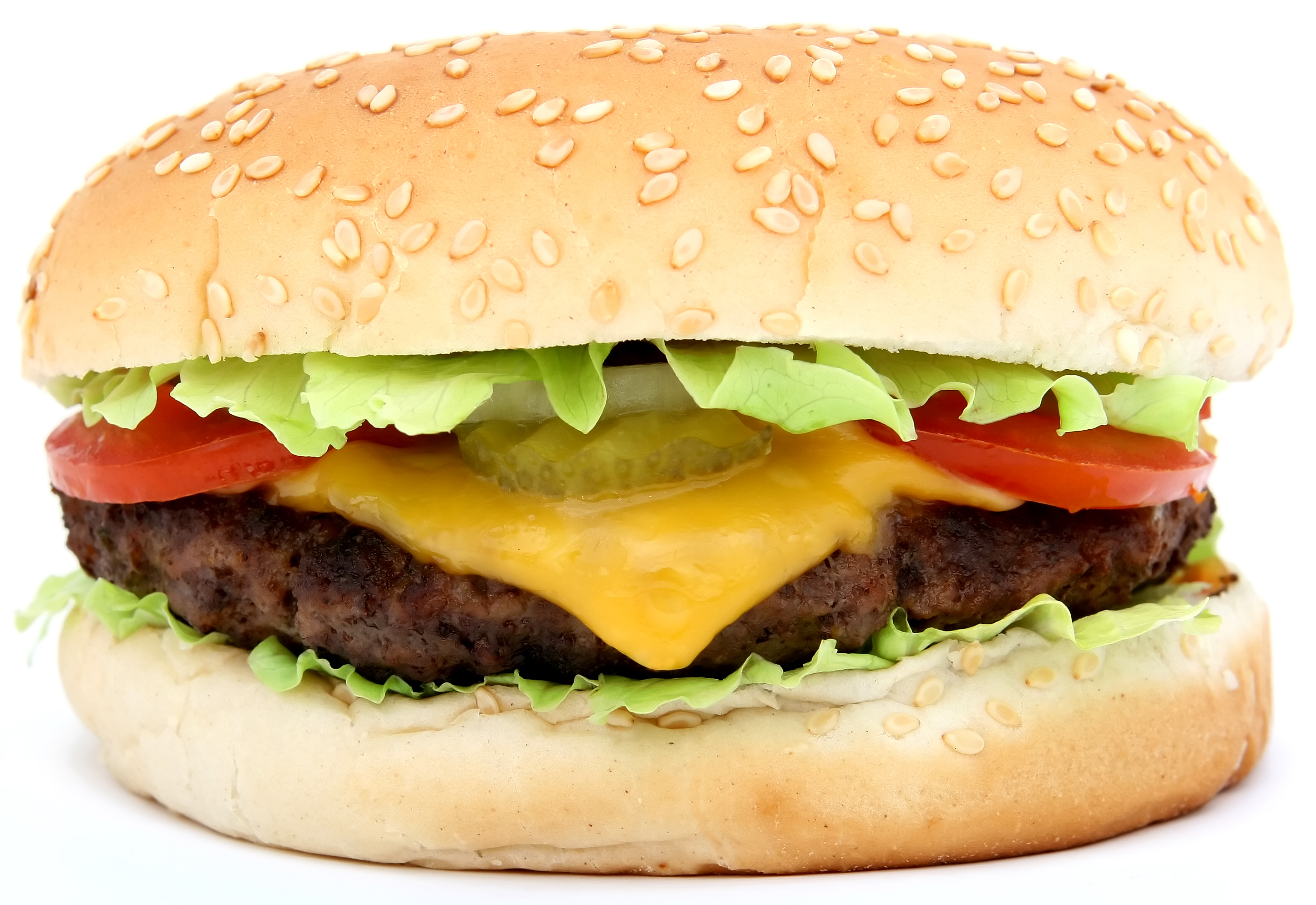
It happens to the best of us - crikes, it happened to me last night (Hence why I am
not writing to you about Macedonian Pinot Noir)...you open up a bottle of wine, after waiting all day at work for the moment the delicious juice can pass your lips, only to be overwhelmed by the distinct desire to spit it out instantaneously upon contact.
Don't worry, its not you - its your wine.
Approximately 3% of all wines are flawed in some capacity & whether due to improper handling conditions, microbial (non-harmful except to flavor), or the infamous TCA or "corked" wine, they all result in a less then desirable drinking experience.
But how do you know your wine just sucks or if it
stinks? Below, I outline the 3 main culprits of wine flaws & how you can spot them. Good news is bring any of these to the attention of your server or wine shop manager - and most good ones will quickly give you a new bottle on the house.
1. "Corked" Wine: Wines that are affected by TCA, or trichloroanisole account for the majority of flawed wines. The culprit stems from the process by which they clean the corks before selling them to wineries. While most of the molecule dissolves off the cork before being inserted into your bottle, some corks just don't let go - until your wine is sitting there vulnerable & within its grasp.
This agent causes wines to smell & taste like a moldy damp basement, filled with wet dogs lying on cardboard & eating a bowl of mushrooms. While the severity of TCA varies, even at low levels it can strip a wine of its fruitiness, leaving you to taste an unbalanced mess of grimy acidity & wet earth flavors.
2. Oxidation: No, your wine will never form rust on it, but it can become oxidized, and in many wines - much more quickly then you would think. While several types of oxidation actually create great complex wines, like in great aged Bordeaux's, or help a young tannic California Cabernet become more drinkable, overly oxidized wine is nothing to brag about.
As a drinker, you have 4 opportunities to decipher if your wine is oxidized:
1) The cork. The only reason why your server places the cork on your table after opening a wine is for you to inspect it. Is there a red dribble of wine from bottom to top? That's a sure sign your wine has been aerating for much longer then desired.
2) The Color. You can also spot an overly oxidized wine based upon its color in reference to the age of the wine. Is your 2 year Chardonnay looking a tad brassy? or is your newly purchased Pinot have distinctly brown edges?
3) The Nose. Smelling your wine leaves you with your third clue - oxidized wines simply just don't smell like much - a big difference from the corked aromas noted above.
4) The taste. Oxidized wines have greatly reduced fruit notes and if any fruit notes are present they are in the skin / dried fruit spectrum. Overall the acid and tannins will just taste way out of whack - even leaning towards vinegar in very dramatic cases.
 |
| As both white & red wines oxidize or age, they both turn a brick orange / brown |
3. Brett: Short for Brettanomyces, Brett is a yeast found within wood wine barrels that creates the barnyard notes found in some wines. Typically only found in red's (as these are the wines that are most likely to use a barrel for ageing), Brett can actually enhance a wine at low levels & are preferred by some drinkers. However, at higher levels, these complex barnyard notes become distinctively "horsey" and overall unpleasant. Brett will not change the color of the wine, so the best place to detect is within the nose or bouquet of the wine.
As for my Pinot Noir from the Republic of Macedonia - well its browned edges and notes of leather, mushrooms, tea leaves, & zero fruit was quickly tossed down the kitchen sink. But have no fear - there is always another bottle just waiting for the chance to not dissapoint.
 Those thin skins mean that Pinot Noir picks up more of the "flavor of the place" or terrior such as soil, climate, winds, culture, etc. This is why you find wine nerds typically specify their Pinot preferences - and when it comes to the queen of grapes, I'm a California girl myself.
Those thin skins mean that Pinot Noir picks up more of the "flavor of the place" or terrior such as soil, climate, winds, culture, etc. This is why you find wine nerds typically specify their Pinot preferences - and when it comes to the queen of grapes, I'm a California girl myself. 












































